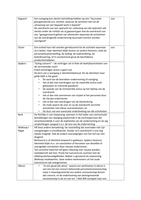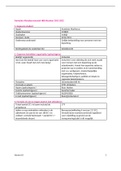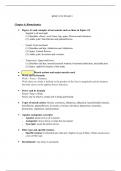Samenvatting
Summary CLS
- Instelling
- Tilburg University (UVT)
This document first has a comprehensive summary of the conclusion and hypotheses of all papers need to be read. Then, an extensive summary is given per paper. At last, college notes are added as well.
[Meer zien]












